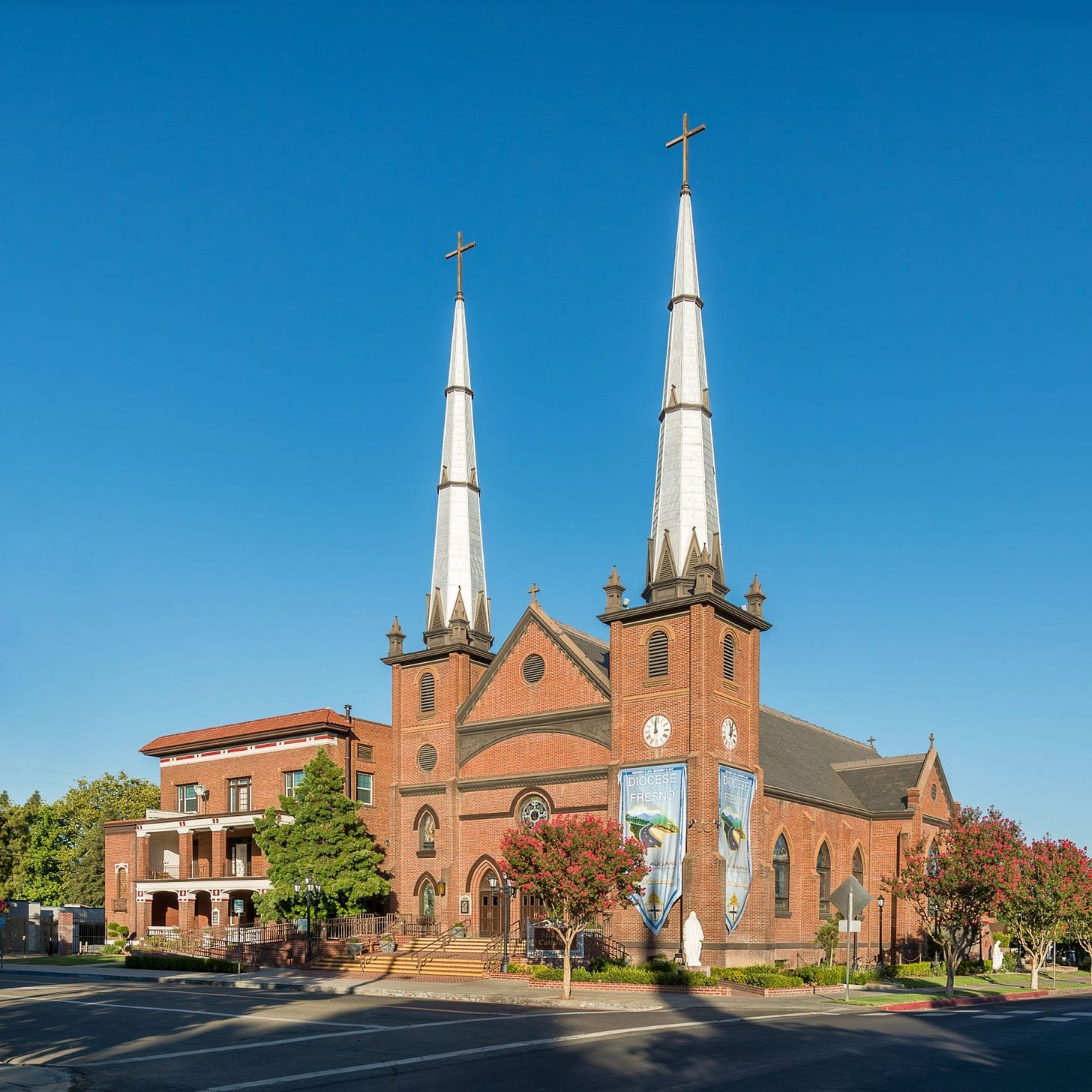💥New Chapter 11 Bankruptcy Filing - The Roman Catholic Bishop of Fresno💥
Yup, another one.
On July 1, 2025, Fresno, CA-based The Roman Catholic Bishop of Fresno (the “debtor”) filed a chapter 11 bankruptcy case in the Eastern District of California (Judge Lastreto II). The debtor’s primary role is “… to provide resources, spiritual leadership, direction, support, planning, programming, leadership development and other serv…


